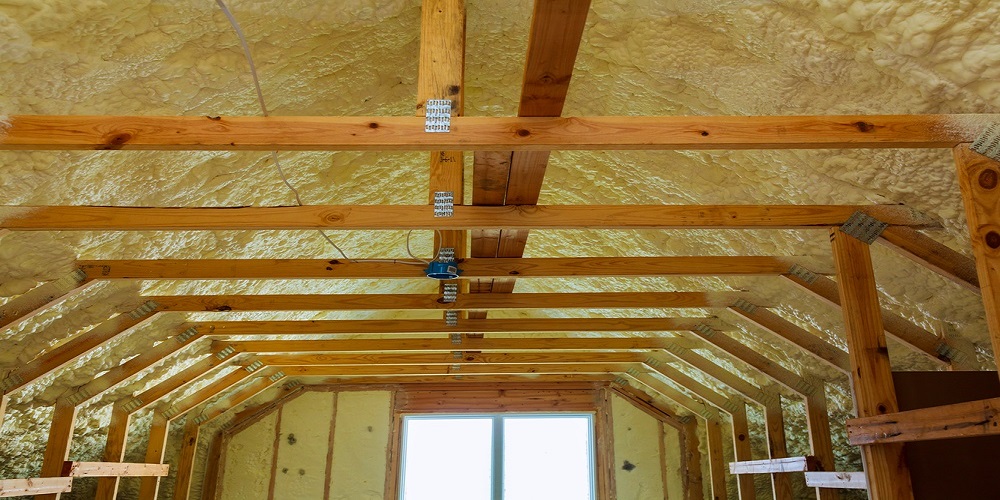Several factors must be considered when choosing insulation materials for the attic roof. These factors can help you decide on the type of material you want. There are different attic insulation materials, each effective to help you maintain the temperature of your attic. Here is what you should look for when choosing attic insulation.

R-value
The R-value of insulation shows how well it keeps heat from moving through it. A higher R-value means that the insulation is better. The R-value recommendations for attic insulation depending on the climate and the site. In some places, you can find a map with details and a range of R-values. They also show the recommended R-values in different parts of the country.
Type of Material
Most attics are made of fibreglass, cellulose, or spray foam, all common materials. Fibreglass is used a lot because it is cheap and easy to put in place. Cellulose is better for the environment because it comes from waste. Spray foam is the most expensive material because it has a high R-value and a strong air seal.
Technique of installation
You need an expert for some types of insulation, but you can do it yourself for others. Insulating with fibreglass batts or cellulose is blown in is a simple job you can do yourself. To spray foam, you need to use particular tools. It means that you need to hire an expert.
Protection from Wetness
Condensation is common in attics, especially during cold seasons. It means you should use insulation that can handle some moisture. Although fibreglass is watertight, it loses part of its insulating properties when wet. Cellulose has borate, making it more resistant to rot, mould, and insect infestation. Spray foam is impervious to water and can block off air leaks.
Cost
There is a massive range in insulation prices, so it’s essential to consider your budget. Fibreglass is the most cost-effective choice after cellulose and spray foam. You can also check the installation prices to see how you can save costs.
Fireproof
There are several types of insulation, some of which are more fire-resistant than others. Fibreglass does not need any fireproofing because it cannot catch fire. Cellulose gets treated with chemicals treated to ensure it is fireproof. Spray foam burns fast and should get separated from the rest of the building. Use a thermal barrier to meet construction codes.
Effects on the Environment
Check how the waste from the insulation materials can affect the environment. Fibreglass is made from ordinary materials like sand. It does not break down when exposed to elements. It gives concerns about the safety of assembly workers breathing it in. Since cellulose is from recycled materials, it has a minor environmental impact. Spray foam has a more significant environmental impact because it is from petrochemicals.
Conclusion
Some considerations go into settling on the best type of attic insulation. Think about these factors when choosing an insulation material. The Cost, material and installation process can affect your budget. Factors such as its burning rate and environmental factors can affect you later. But, it is essential to look into these factors to prevent future incidents.